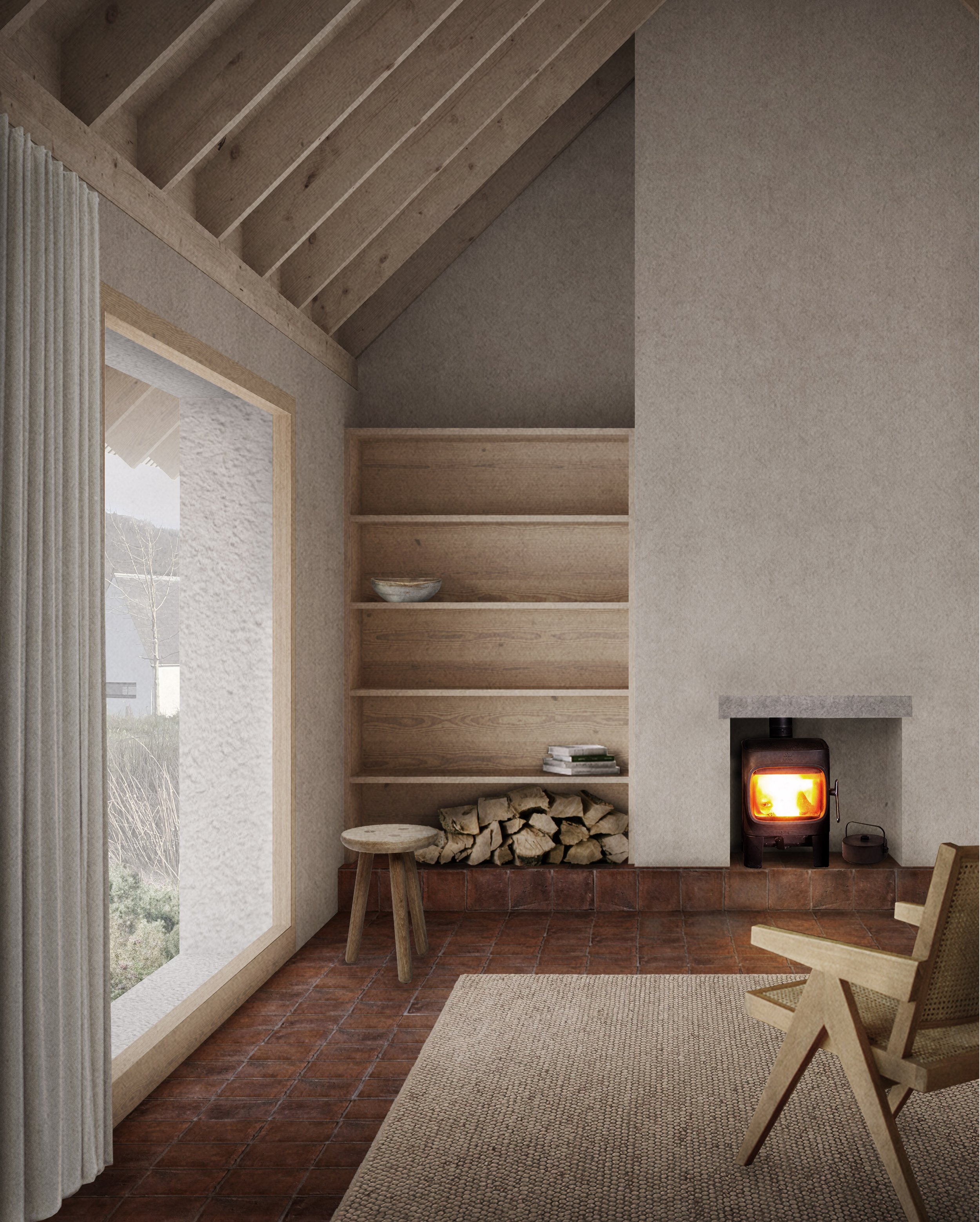Breathing Buildings
Homes and Interiors Scotland recently asked us for our thoughts on emerging ‘trends’ in architectural design. We’re not particularly interested in trends, but we took the opportunity to highlight what we think is one of the most important emerging approaches to building sustainably – natural, breathable building fabric.
It’s not quite right to describe building in this way as an ‘emerging’ practice though. It’s the way every building was constructed historically, before the advent of synthetic, petrochemical-based membranes, insulations and render systems, as well as their carbon intensive bedfellows – steel, glass and concrete. Monolithic buildings (those with a solid wall construction) in stone, clay, timber and lime, were constructed such that moisture from the interior could pass through. This allows wet exterior walls to dry out, minimises condensation, and generally maintains healthy internal air quality.
There is much to learn from historic and vernacular structures. We’ve researched and written about environmentally responsive rural settlement patterns, and how the scale, orientation and positioning of a house can provide shelter and natural protection from the elements. However, although traditional Highland black-houses were ‘insulated’ in a sense with earth and heather thatch, all historic buildings lack the high levels of insulation that buildings require today.
In today’s construction industry, it’s increasingly difficult to move away from synthetic materials entirely, but we’ve been researching and exploring natural, and bio-based building materials that provide insulation, as well as thermal mass and breathability. We’re interested in learning from the restraint, functionality and very low carbon intensity that vernacular buildings represent, and we’re currently working on several contemporary houses, which embody these principles.
On one hand it feels uncomfortable to describe a movement back towards natural, breathable and sustainable construction as a ‘trend’. But on the other, we’re encouraged that it’s being talked about.
Further reading:
We’d do well to learn energy lessons from ancient rural construction (architectsjournal.co.uk)
And see the latest issue of Homes & Interiors Scotland for our take on ‘trends’.

